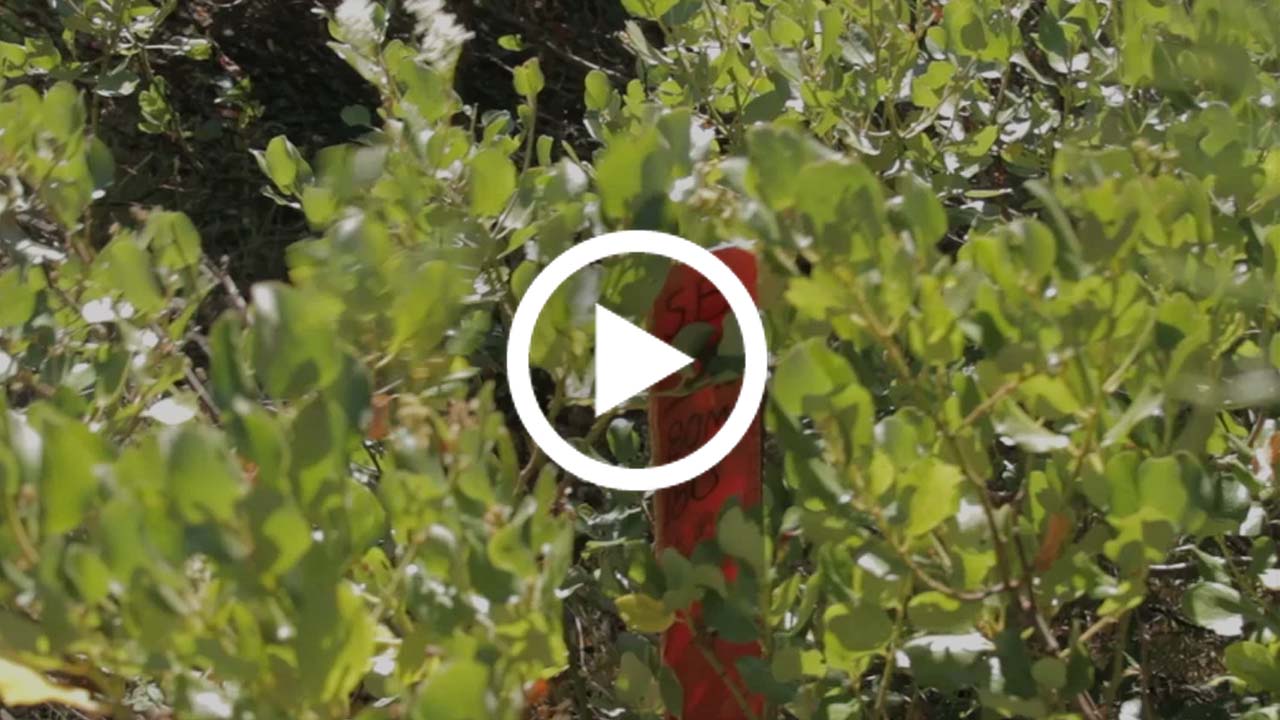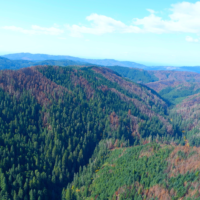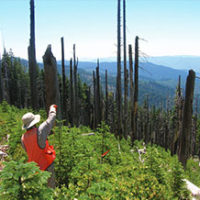We must do all we can to keep our communities and homes safe from fires.
But a little-known fact is that our forests have developed over thousands of years to live with and regenerate after fires. Old growth trees with thick bark are designed to withstand fast-moving ground fires. Shrubs and trees sprout from their roots after the tops are killed by fire. The forest is resilient and recovers naturally–it does not need to be logged or replanted to help it bounce back. Additionally, forest wildlife have learned how to avoid or survive fires. Because fires burn late in the summer, after birds have nested and reared their young, most birds fly away from the fire and return after to feast on insects. Smaller mammals hide in ground burrows, which are insulated from fire. While smoke can kill animals, most deer and elk run away from the fire and often take cover in streams.



